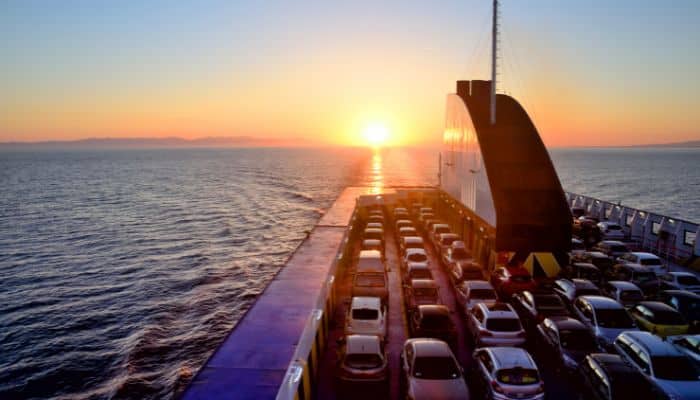

A passenger/RoRo ferry was underway in a restricted waterway when the fire detection system alarm sounded.
The bridge fire panel indicated a fire on deck 1, zone 4. Less than 30 seconds later, the fire detection system began to identify further alarms in multiple locations in the engine rooms.
The chief engineer left the engine control room and opened the watertight door to the aft engine room, and found it filling with thick black smoke. At approximately the same time, the vessel’s Hi-Fog fire suppression system activated at the thermal oil circulation pumps.
The incident was announced on the PA system, and crew were directed to muster for firefighting and control. About four minutes later the vessel briefly lost electrical power but maintained propulsion. The bridge team reduced speed and manoeuvred to drop anchor, stemming the wind and tide. Local VTS and Coastguard were informed of the situation and a lifeboat and two tugs were tasked to stand by.


About 12 minutes after the initial alarm the first firefighting team entered the aft engine room wearing breathing apparatus (BA). They had two objectives: identify the source of the smoke and restore electrical power. Visibility was severely limited and no fire could be seen. The team proceeded with restoring power. In parallel, further teams were shutting down ventilation, isolating electrics and checking for hot spots.
BA team one attempted to reset breakers in the high voltage room, and then withdrew after a final visual check for flames. BA team two then entered the aft engine room and located fire in the vicinity of the thermal oil boiler six minutes later. The bridge was informed and preparations were made to release CO2 into the space, as the Hi-Fog fire suppression system had clearly not functioned as desired.
With all crew and passengers mustered and the quick closing valves and fire dampers closed, the chief engineer and chief officer made final preparations for release of CO2 into the aft engine room. Once all ventilation was confirmed closed, CO2 was released, some 45 minutes after the alarm first sounded. Decreasing temperatures were monitored on all accessible sides of the space, confirming that the fire was extinguished. The lifeboat and one of the tugs were stood down.
After the CO2 was released and the fire was extinguished, the engineering team continued their attempt to restore power and ensure the vessel could return to port under its own power.
The official investigation found, among other things, that:
Lessons learned
Reference: The Nautical Institute










We believe that knowledge is power, and we’re committed to empowering our readers with the information and resources they need to succeed in the merchant navy industry.
Whether you’re looking for advice on career planning, news and analysis, or just want to connect with other aspiring merchant navy applicants, The Marine Learners is the place to be.